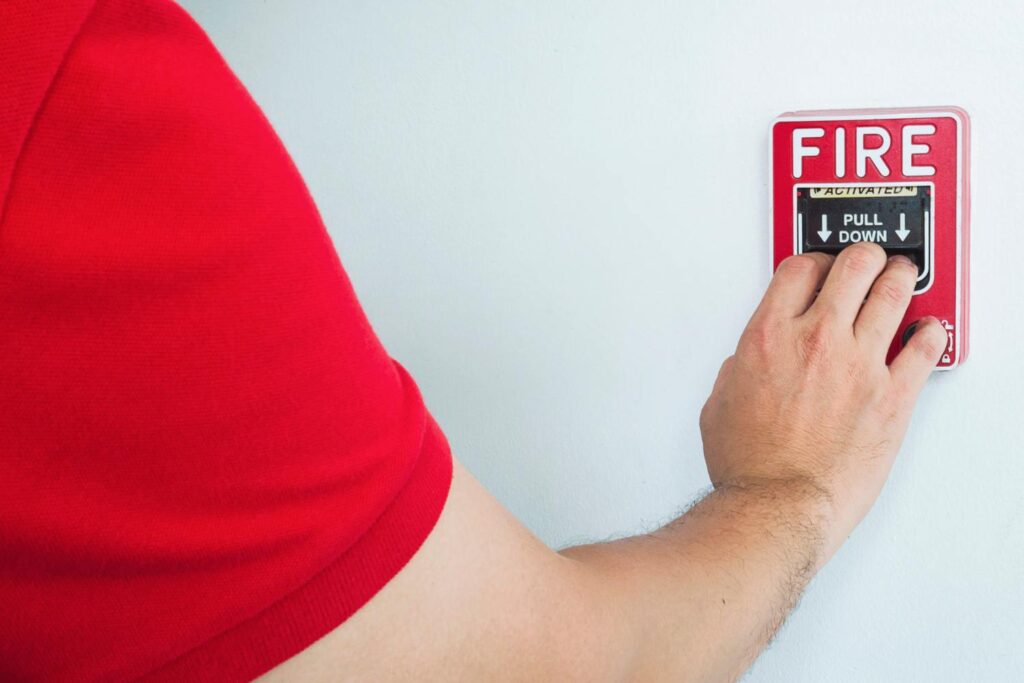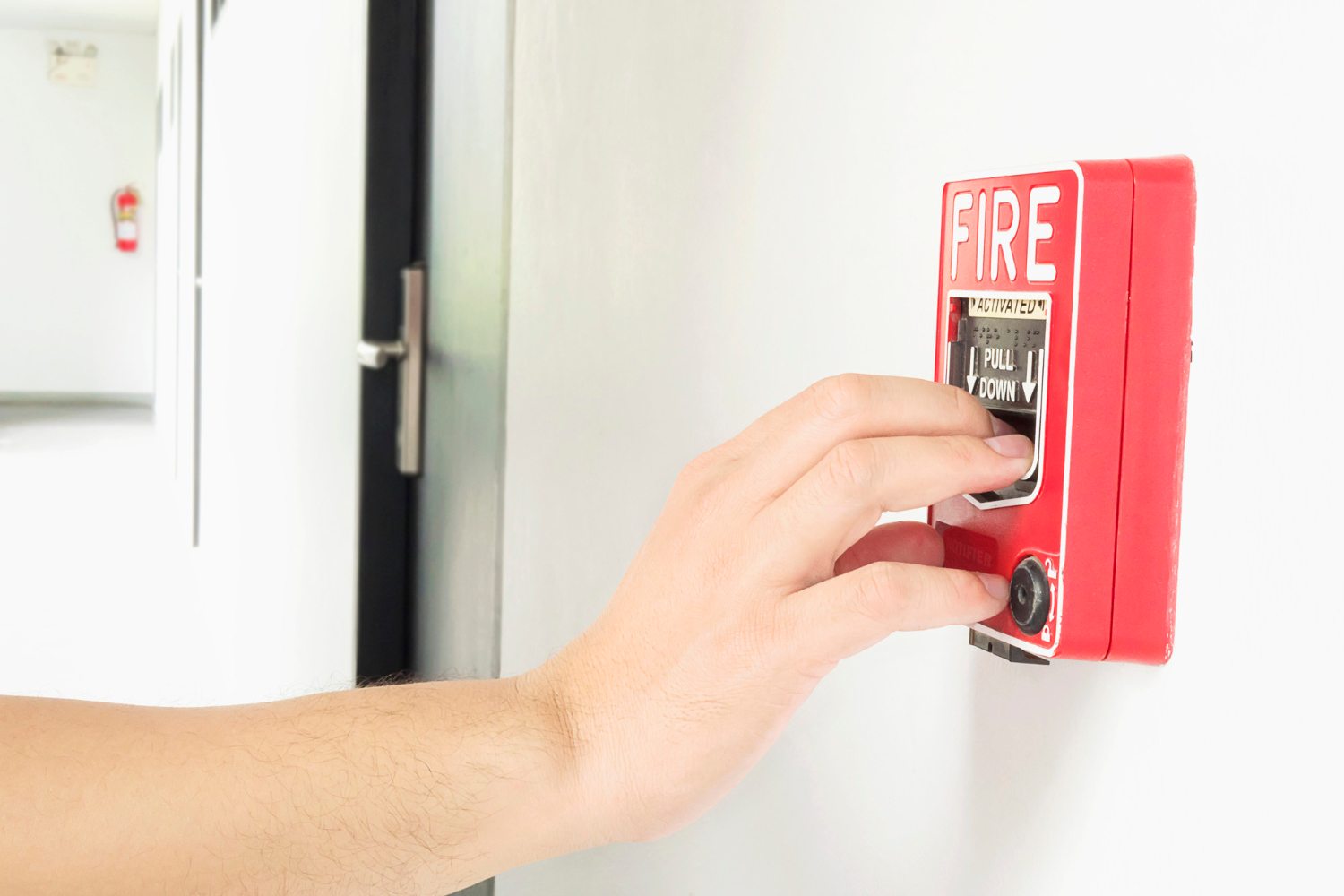
Fire safety in care homes is a life-or-death matter—literally. With vulnerable residents, complex building layouts, and strict compliance requirements, care homes need more than just a basic fire alarm. They require a carefully planned, professionally installed, and properly maintained fire detection and warning system.
So, what type of fire alarm system must be fitted in a care home? In the UK, the answer is guided by a combination of fire safety regulations, risk assessments, and best practices tailored to the care sector. This article explores the requirements, recommended systems, and key design considerations for fire safety in residential care environments.
Why Fire Safety in Care Homes Requires Special Attention
Unlike standard residential or commercial properties, care homes present unique challenges in fire safety due to the limited mobility, sensory impairments, and cognitive conditions of many occupants.
According to the London Fire Brigade, there were over 300 fires in care homes in a single year—often with devastating consequences. That’s why fire safety in care homes must account for early detection, minimal panic, safe evacuation routes, and staff responsiveness.
Effective protection begins with choosing the right fire alarm system in a care home, and ensuring it’s designed around the needs of the residents—not just the building.
Legal Obligations and Compliance: What the Law Says
What type of fire alarm system must be fitted in a care home?
While there’s no single “one-size-fits-all” answer, the UK fire safety framework provides clear direction:
- The Regulatory Reform (Fire Safety) Order 2005 requires that all non-domestic premises, including care homes, must conduct a fire risk assessment and take appropriate precautions.
- BS 5839-1:2017, the British Standard for fire detection and alarm systems, provides specific recommendations for different premises—including those housing vulnerable occupants.
In most cases, the recommended system is a Category L1 addressable fire alarm system. This includes:
- Smoke/heat detectors in all rooms, corridors, and common areas
- Manual call points next to exits
- Centralized control panels
- Alarm sounders and beacons
- Optional voice alarms or integrated communication systems
An addressable system not only meets regulatory needs but also enhances safety by identifying the exact detector that triggered the alert—critical when evacuating multiple floors or wings.
The Role of a Care Home Fire Risk Assessment
Before installing or upgrading any fire alarm system, every care home is legally required to carry out a care home fire risk assessment. This process evaluates:
- The layout and size of the facility
- Occupants’ mobility and cognitive capabilities
- Existing fire protection systems
- Staffing levels and evacuation protocols
- Potential ignition sources and fuel loads
The fire risk assessment will determine the fire alarm system in the care home that’s appropriate to its specific needs. It should be reviewed annually—or immediately after any structural or occupancy changes.
At Amax Fire & Security, we assist care home managers with comprehensive fire risk assessments and system design, ensuring full compliance and safety assurance.
Recommended System: Addressable Fire Alarm System in Care Homes
So, what type of fire alarm system must be fitted in a care home? As mentioned, an addressable fire alarm system is generally considered best practice.
Why?
- Pinpoint Detection: Each detector and call point has its own unique address, making it easy to identify the source of the alert.
- Reduced False Alarms: Intelligent detectors reduce nuisance triggers—especially important in dementia care settings.
- Scalability: Easily expands with building extensions or room changes.
- Remote Monitoring: Can be linked to offsite monitoring stations, alerting emergency responders immediately.
In short, an addressable system is not just compliant—it’s smart, safe, and future-ready.
Designing for Vulnerable Occupants: Special Considerations
Fire alarm systems in care homes must do more than detect smoke—they must function with the well-being of vulnerable individuals in mind. This includes:
- Zoning: Dividing the facility into zones enables phased evacuation, reducing chaos and crowding.
- Visual Alerts: Flashing beacons support hearing-impaired residents.
- Low-Frequency Alarms: Certain residents may respond better to lower-frequency tones, which are less startling but still effective.
- Staff Notification: Systems should instantly alert staff, often through pager systems or mobile apps, to support evacuation efforts.
Fire alarms should also be integrated with nurse call systems and lift overrides to support streamlined emergency responses.
Ongoing Maintenance and Staff Training
Installing a compliant system is only part of the solution. Regular testing and maintenance are required by law to ensure reliability. This includes:
- Weekly alarm testing
- Annual system inspections
- Prompt repair of any faults or detector blockages
In addition, all staff should be trained in:
- Fire alarm response protocols
- Assisting residents during evacuation
- Use of manual call points
- Reporting and logging maintenance issues
Routine drills should be conducted with sensitivity—minimizing trauma for residents but ensuring staff readiness.
Why Choose Amax Fire & Security for Care Home Alarm Systems?
With decades of experience in fire protection systems across the UK, Amax Fire & Security designs, installs, and maintains tailored fire alarm systems for care homes of all sizes.
Our team understands the legal framework, design best practices, and operational realities of care environments. Whether you’re building a new facility or upgrading an older system, we’ll help you navigate everything from your care home fire risk assessment to system commissioning and staff training.
We also provide 24/7 emergency support and ongoing compliance assistance—so you’re never left vulnerable.
Make the Right Choice for Safety and Compliance with Amax Fire & Security
So, what type of fire alarm system must be fitted in a care home? The answer: a smart, addressable system tailored to the building’s structure and residents’ needs, supported by a robust risk assessment and maintained with care.
Fire safety in care homes isn’t just about ticking boxes—it’s about protecting lives. Choosing the right fire alarm system and partner can give you, your staff, and your residents the confidence and peace of mind they deserve.Need a professional assessment or upgrade consultation? Contact Amax Fire & Security today and let’s make sure your care home is protected the right way.



